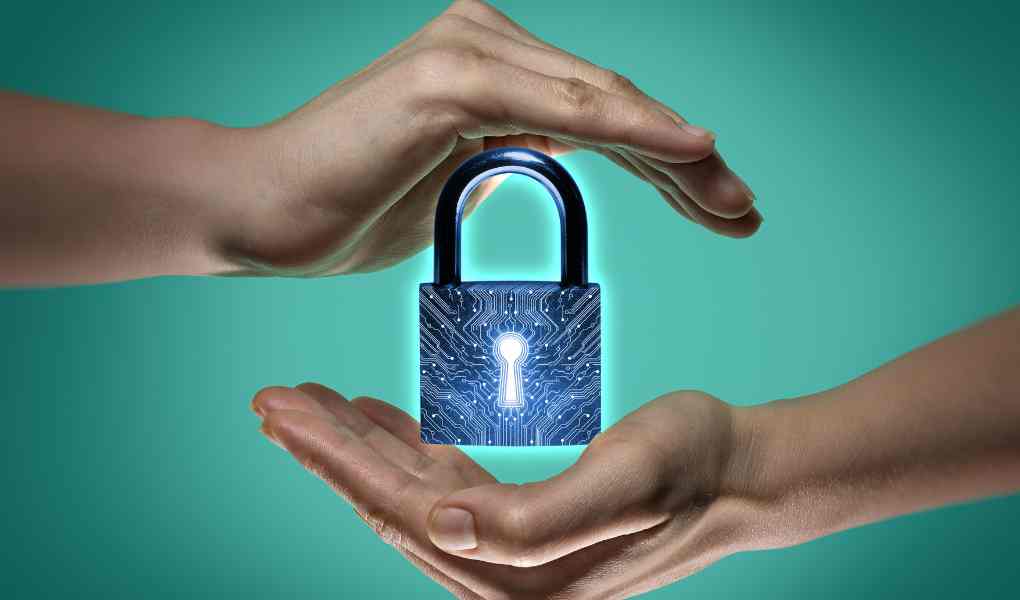Physical Means Of Information Protection
Encryption, antiviruses, firewalls, and other security software will be of no use if an attacker can walk into a server room and steal hard drives with data. Therefore, information systems must first be protected from the outside using simple physical security measures: doors, bars, alarms, surveillance cameras, and locks.
Such technical protection of confidential information does not prevent access to data via the network. They protect storage media in place, preventing physical theft and damage.
Information Security Software
When we talk about data protection, the first thing we think of is passwords or antivirus software. These are just information security software – simple or complex software that is installed directly on computers and servers.
Software protection tools include, for example :
- Antiviruses that recognize, isolate, and remove malware that can steal or damage information.
- Access control tools are systems of accounts and passwords that block unauthorized access to information.
- Virtualization tools allow you to create sandboxes for running untrusted applications in virtual spaces without putting the central servers at risk.
- Software firewalls (or firewalls, firewalls) that monitor traffic and notify if suspicious signals from unknown sources are received from the network to the computer.
- DLP systems that prevent information leakage, for example, will prevent an employee from copying a secret database to a flash drive.
- SIEM systems that record suspicious activity, for example, too frequent queries to the database.
To build an effective information security system, you need to select several software tools and create a complex system where each device “covers the rear” of the others. Only in this case will your information be completely protected.”
Also Read: Protection Against DDoS Attacks: How It Works
Hardware Information Security
Hardware occupies an intermediate position between physical and software:
- Physical devices are devices that protect information through physical methods, such as generating noise, blocking extraneous signals, or controlling network access.
- Like software, hardware is built into the system itself and is capable of protecting information.
Hardware Protection Includes, For Example :
- Hardware firewalls. They are installed between network segments, for example, where local networks are connected to the Internet and provide firewalling. Server connections to external networks pass through these screens and are filtered—the system does not allow outside connections, for example, from unknown sources.
- Noise generators. These devices create information noise, mask wireless communication channels, and encrypt data.
- Hardware password registers are physical devices that store and transmit passwords. For example, a particular flash drive must be inserted into the computer in order to access information. Even if a hacker guesses the password, he will not be able to do anything without this flash drive.
- Hardware trusted boot modules. They do not allow you to load onto your computer, for example, a third-party operating system from which you can access information on your hard drive.
Often, software can do almost the same thing as hardware. But hardware ones are usually more productive and reliable – they are more difficult to hack and have fewer vulnerabilities.
Therefore, for maximum protection, it is essential to complement software with hardware, building several levels of information protection, even if it seems that their functions duplicate each other. It is also worth using certified information security tools – regulatory government authorities have confirmed their reliability.



